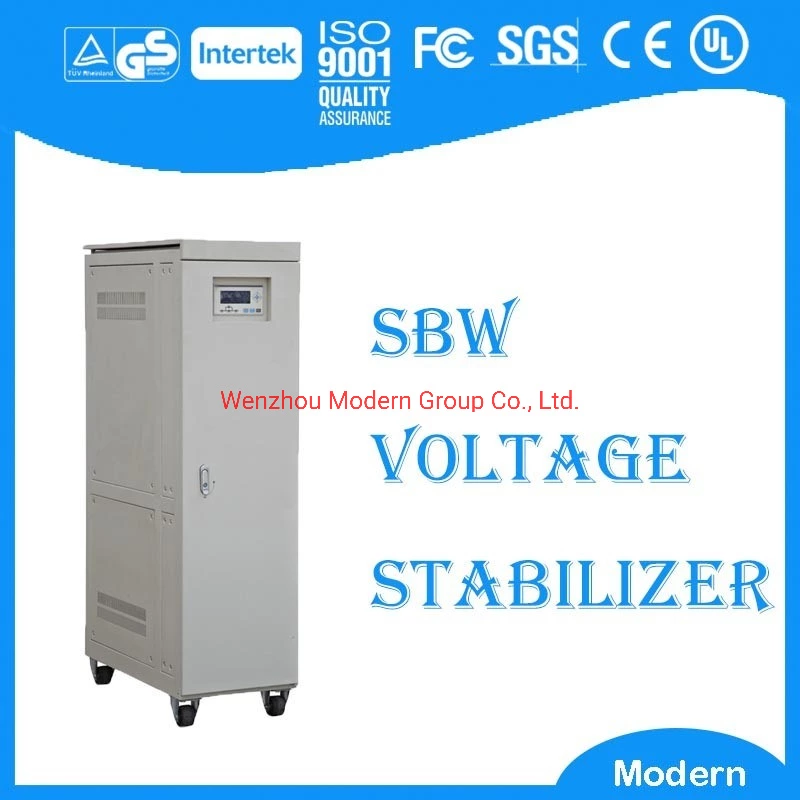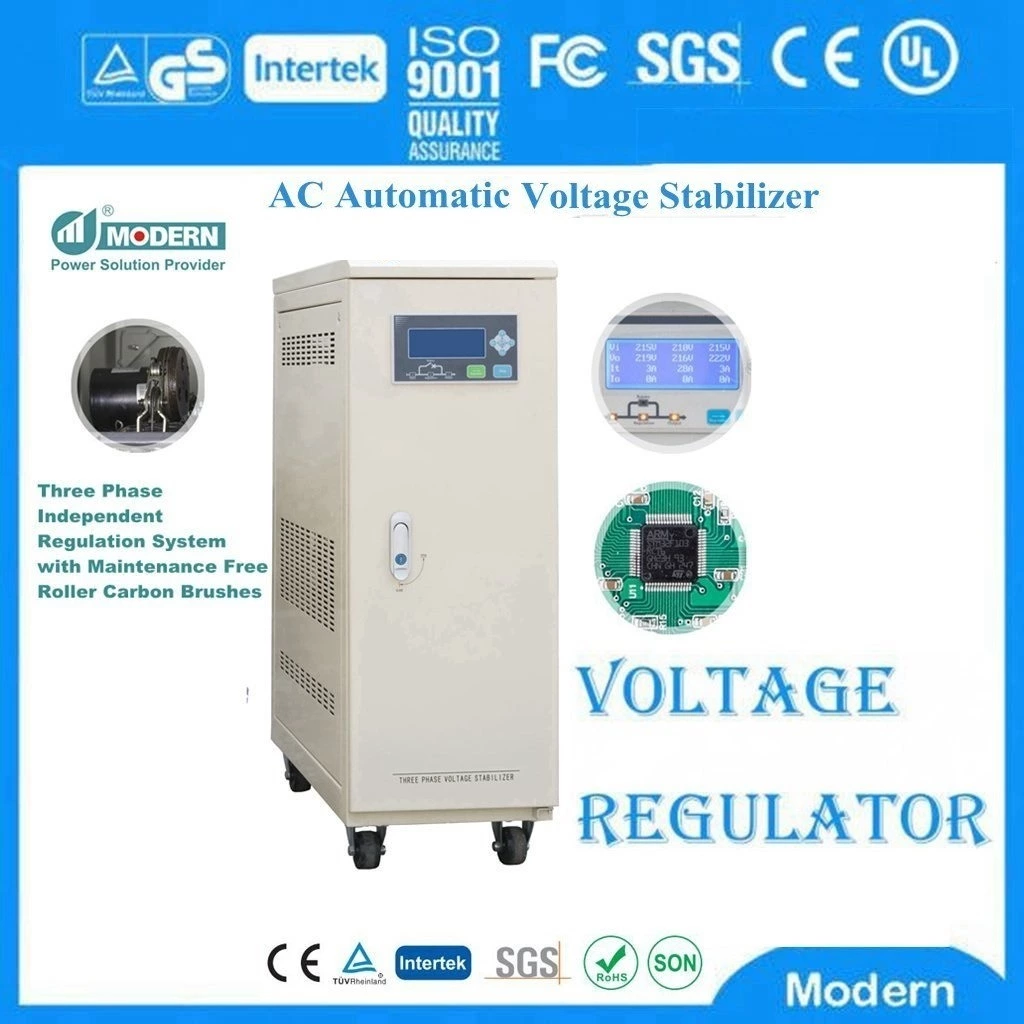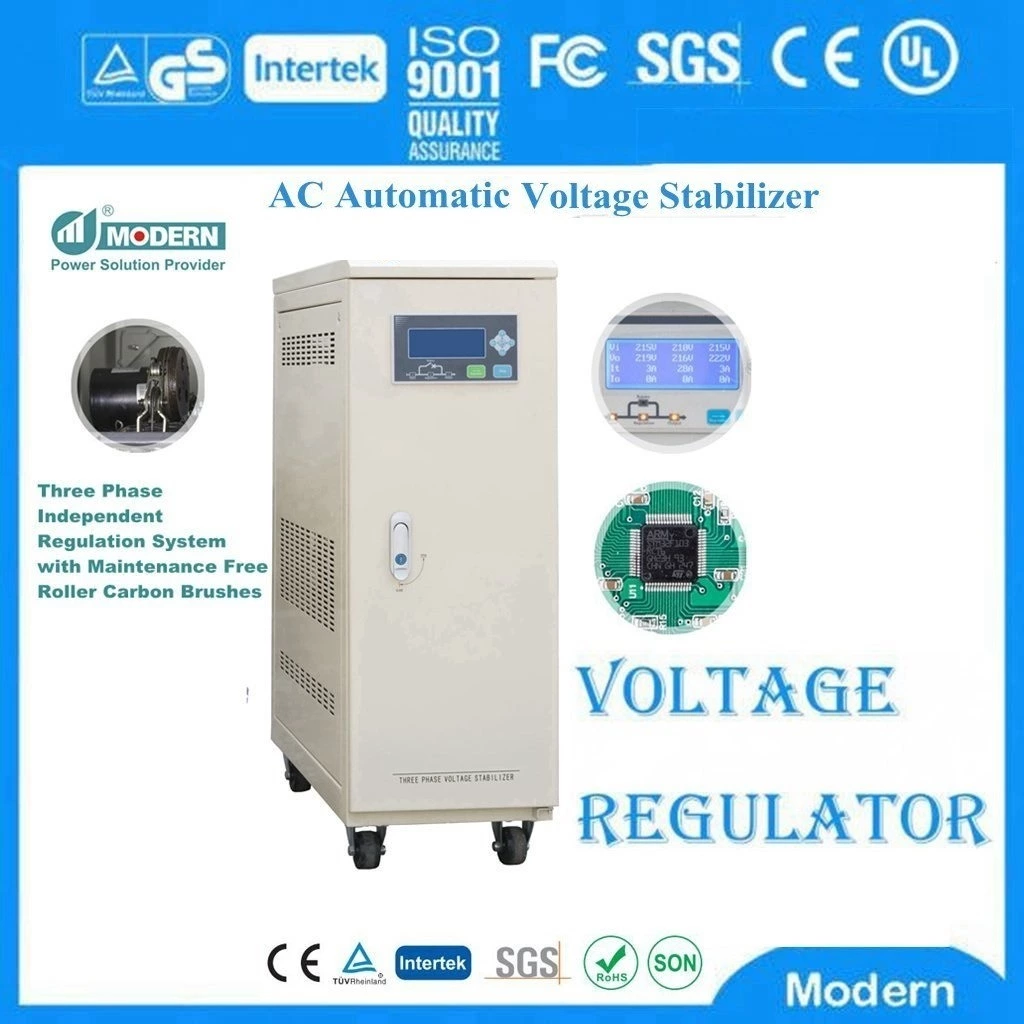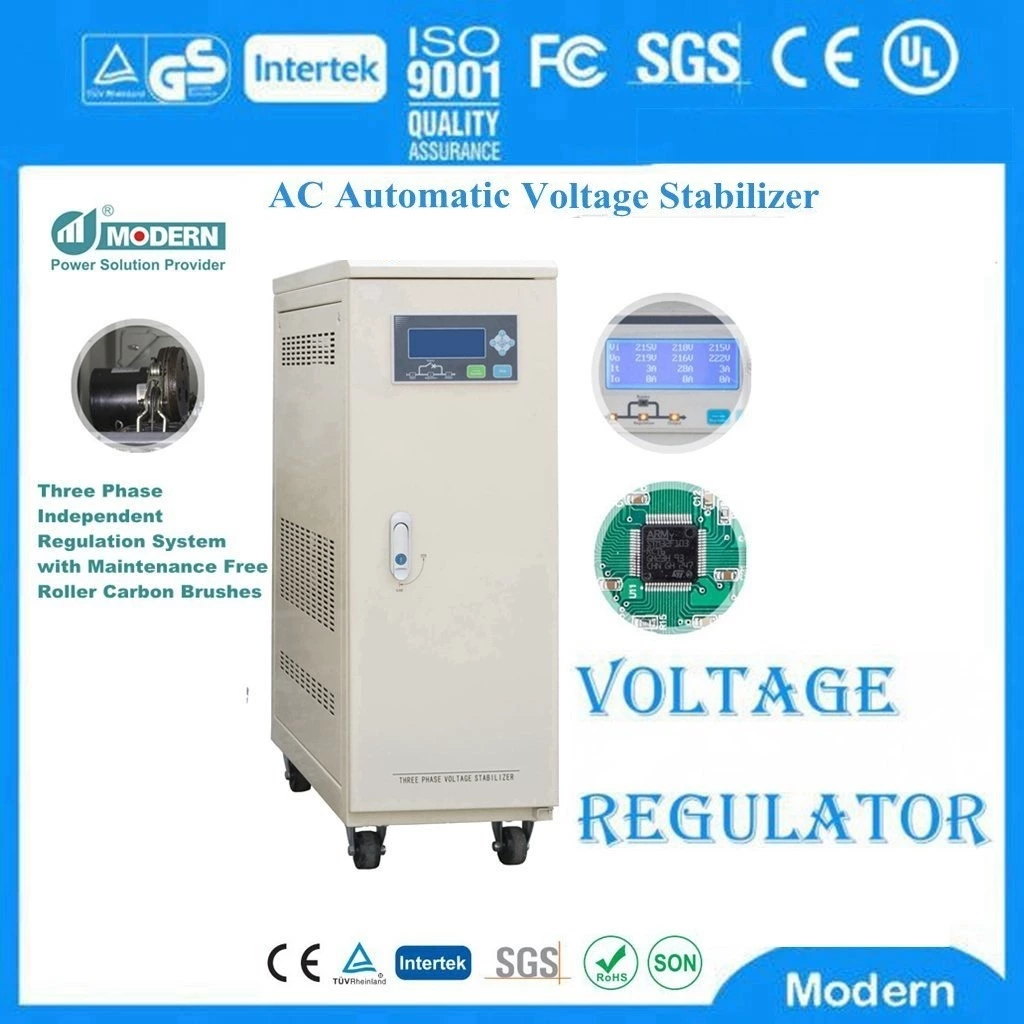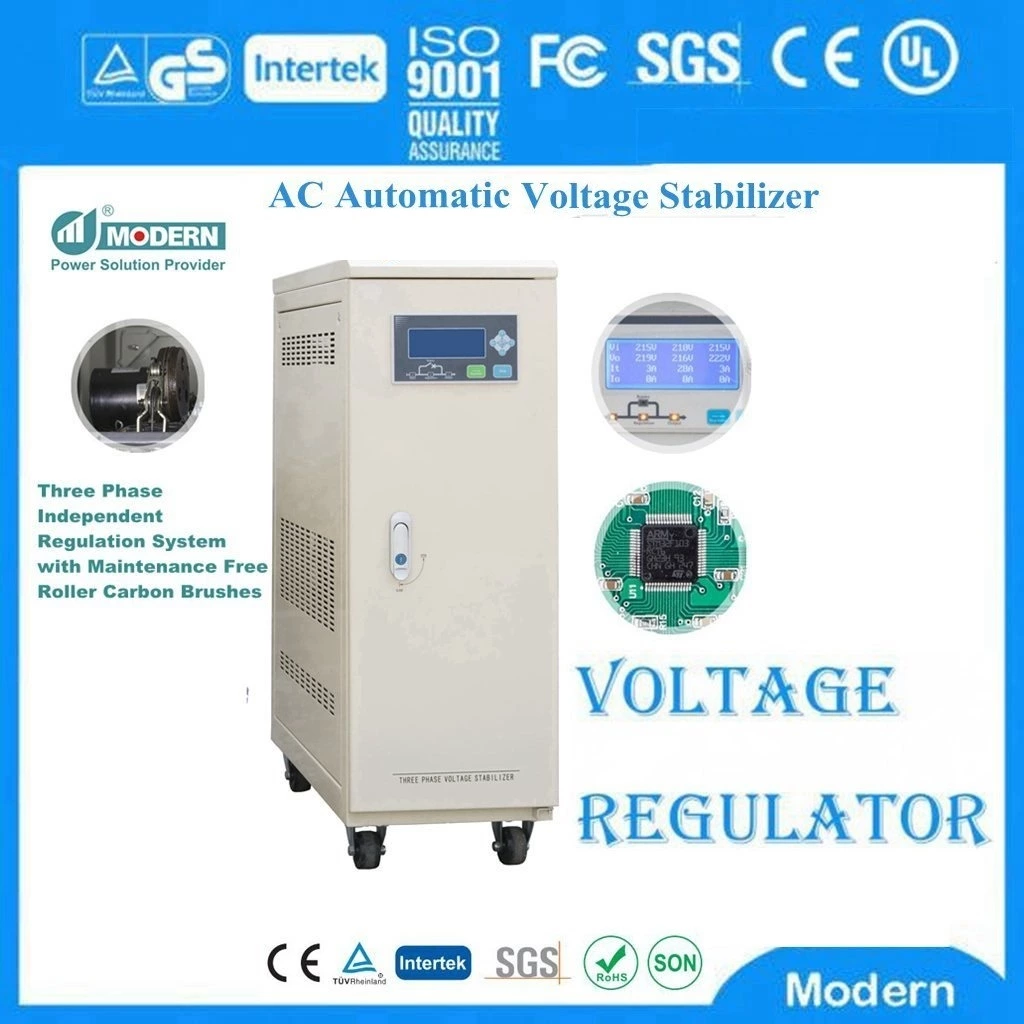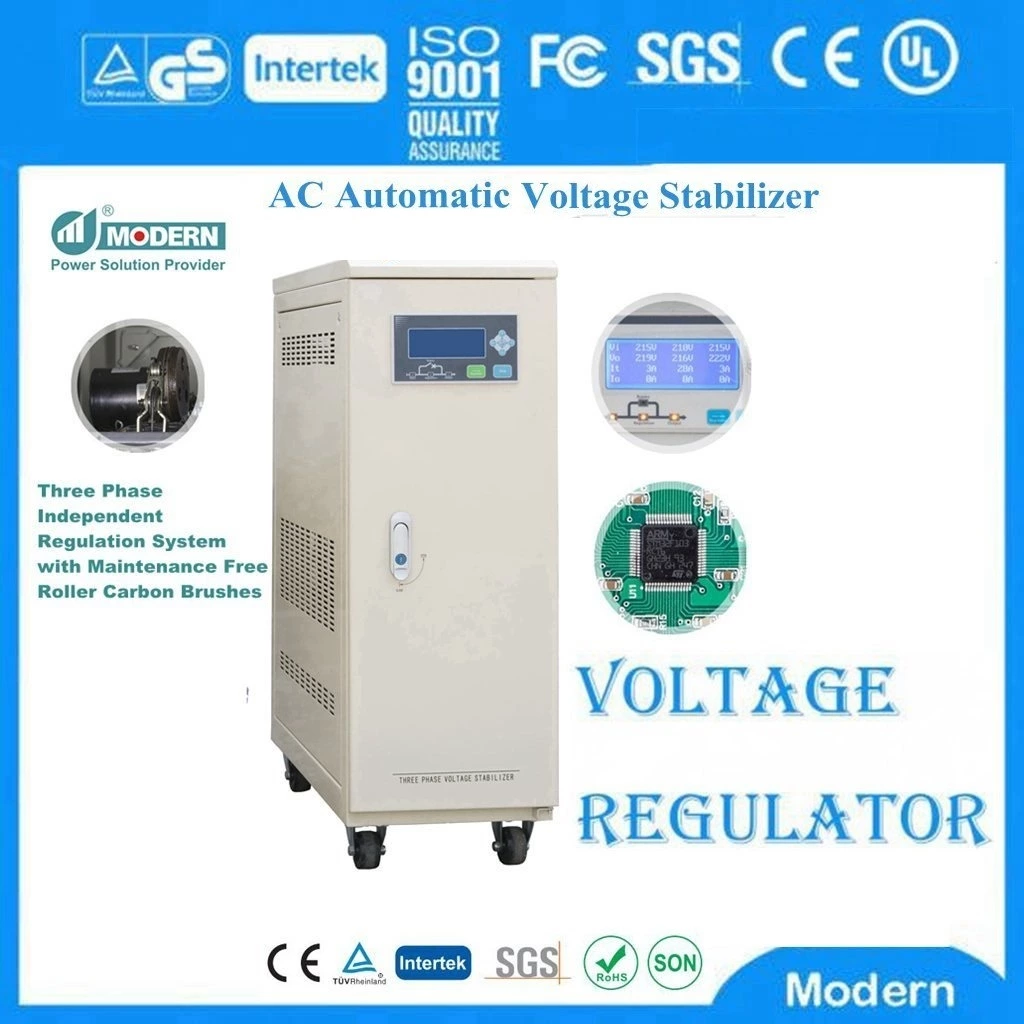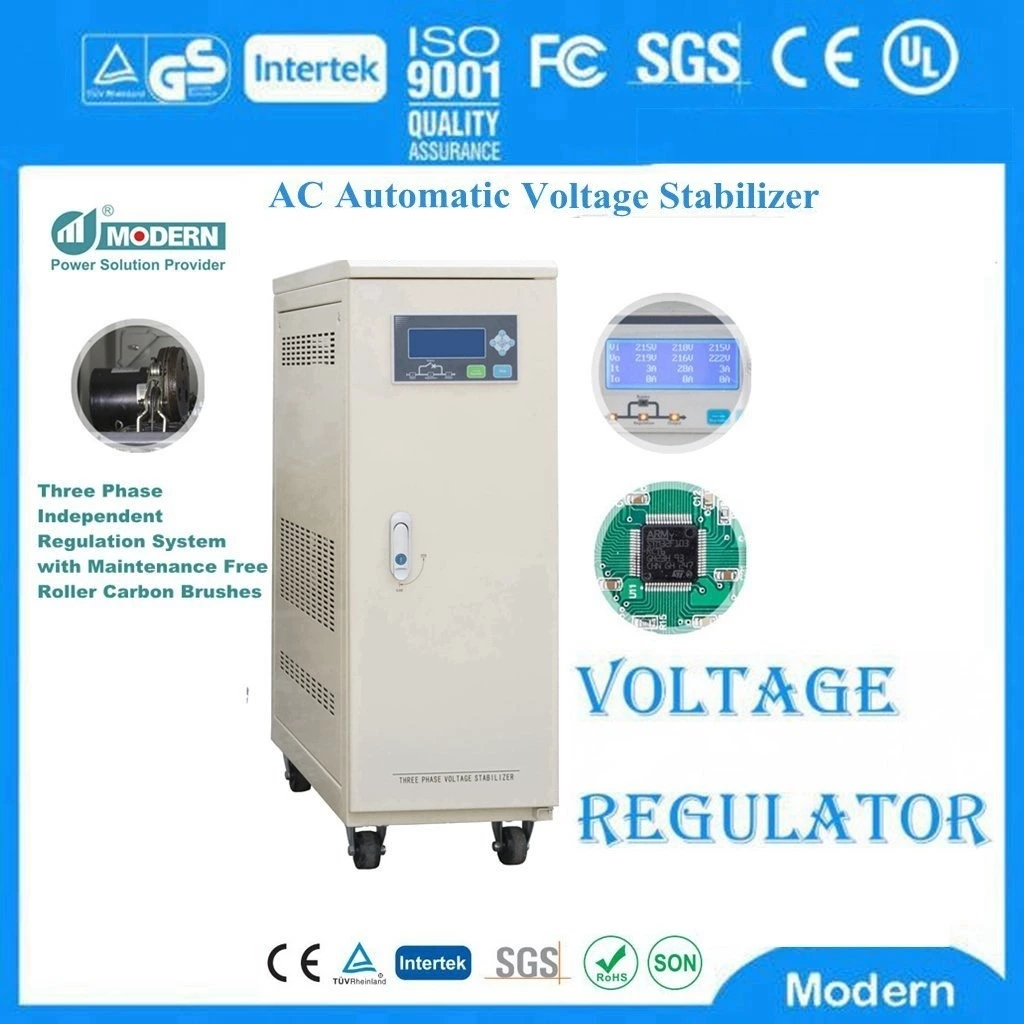Solutions To Unstable Voltage In Remote Households
The electricity consumption in remote mountainous areas and rural households has increased dramatically, and the lines are too long, while the power supply facilities are relatively lagging behind. In the case of tight power supply, the voltage in the home will be unstable (mainly low), causing many household appliances to fail to work properly, and even causing serious accidents such as burning appliances and causing fires.
To ensure the safety of household electricity use, when the power supply voltage in the home is unstable, the following measures can be taken to solve it.
1. Buy wide-voltage household appliances. When designing household appliances, the power supply voltage fluctuation factor in use has been taken into account, so that it can ensure normal operation within a certain voltage fluctuation range.
In recent years, some companies have produced wide-voltage household appliances for the electricity consumption situation in rural areas of my country, and the applicable voltage range is very wide. If the voltage in your home is unstable and does not meet the national standard (the voltage range of 198 volts to 235.4 volts is normal), try to choose wide-voltage household appliances when purchasing household appliances.
2. Avoid using high-power appliances at the same time. There are many household appliances nowadays, and it is inevitable that they will be overloaded when used at the same time. The direct consequence of overload is that the current is too large, resulting in excessive line voltage drop, low user voltage, heating of wires, and severe overload will cause the fuse to disconnect or the air switch to automatically trip, resulting in sudden power outages at home, and serious fires. Therefore, it should be noted that high-power appliances should not be used at the same time as much as possible, especially during peak hours of electricity consumption, high-power appliances must be used at different times.
3. Choose energy-saving household appliances. Choose energy-saving household appliances to save energy and reduce consumption. For example, under the premise of ensuring lighting quality, give priority to lamps with high light efficiency, good color rendering, safety and efficiency. Compact fluorescent lamps should be used for general lighting. Energy-saving products should also be used for televisions, refrigerators, air conditioners, etc.
4. Purchase and use Automatic Voltage Stabilizer. If the power supply voltage at home is often not within the voltage range allowed by household appliances, you should buy and use a voltage stabilizer. For example, when the power supply voltage is often lower than 187 volts, a voltage stabilizer should be used for electric household appliances, otherwise it is very easy to damage the household appliances during use. When buying a voltage stabilizer, you should pay attention to the following three points:
First, it should be fully functional. The voltage stabilizer you buy should have the following three functions: voltage stabilization function, which can stabilize the low voltage of 125-165 volts or the high voltage of 250~270 volts between 200~230 volts, so that household appliances can work normally; automatic power-off function, which can automatically cut off the power supply when the input voltage is higher than 270 volts or lower than 125 volts and the output voltage is higher than 235 volts; delay function, when the power is suddenly turned on after the power is cut off, it can delay the output power supply for 4~8 minutes. When purchasing a household voltage stabilizer, you must pay attention to whether the above three basic functions are reliable.
Second, determine the appropriate power. The apparent power of household voltage stabilizers ranges from 500 watts to 8000 watts, and the price ranges from tens of yuan to hundreds of yuan. The power of the voltage stabilizer should be selected according to the power of the appliance, but do not only calculate the rated power consumption of household appliances, because many appliances have a much higher current than the rated current when they are started, such as refrigerators, air conditioners, electric fans, etc. Generally speaking, for air conditioners, you should choose a voltage stabilizer with 3 times the power, for refrigerators, you should choose 5 times the power, and for other electrical appliances, the requirements are lower. When purchasing, you should also consider the situation of using several electrical appliances together. It is better to choose a larger power rather than a smaller one, so that the output power of the voltage stabilizer is sufficient to meet the peak impact of the instantaneous current of household appliances.
Third, buy qualified products. At present, most of the voltage stabilizers on the market are produced by small factories in family workshops, and most of them are of unqualified quality. You should choose products with intact packaging, complete instructions, certificates of conformity, and warranty cards, and the manufacturer's name and address should be marked on the instructions and products. You must not buy "three-no" products for cheapness, which will bury the hidden dangers of accidents.
5. Quickly cut off the power supply of electrical appliances when the voltage is abnormal. Generally, users can judge whether the voltage is normal based on experience. If the brightness of the lights at home becomes dim and is obviously not as bright as usual, it means that the voltage is too low; if the lights at home become significantly brighter, it means that the voltage is too high; if the light bulb suddenly lights up when the light is turned on, it will burn out immediately, indicating that the voltage has increased significantly.
Of course, families with conditions can use a multimeter for a simple test. If it is within the normal fluctuation range, there is no need to worry. If it has exceeded the allowable value, it means that there is an abnormality in the power transformer or line.
In the case of abnormal voltage, users should immediately unplug all electrical appliances at home, or turn on the switch in the meter box, and ask professionals to handle it.
 Русский
Русский
 Français
Français
 Português
Português
 Español
Español
 اللغة العربية
اللغة العربية
